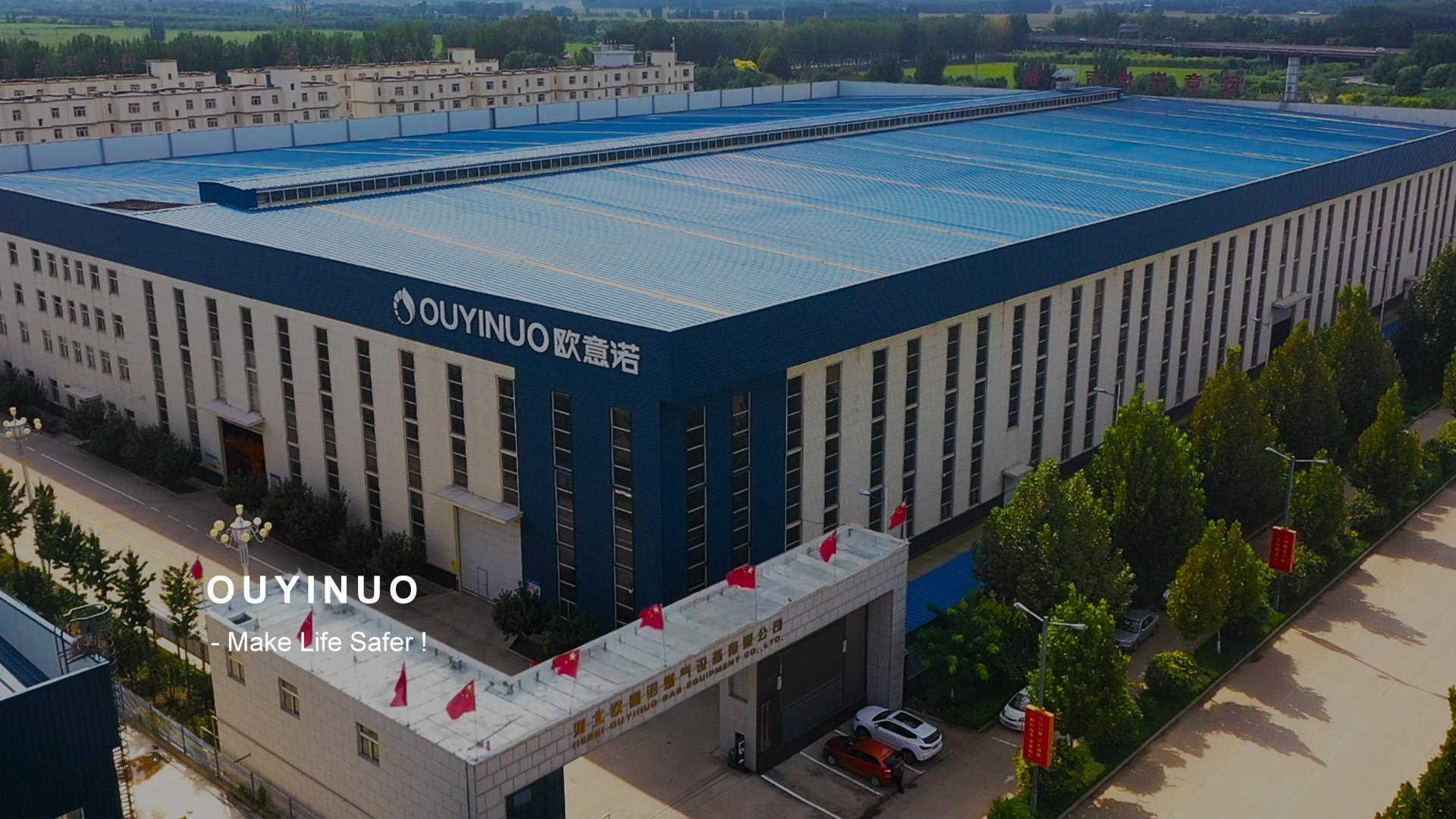
Nov . 16, 2024 20:15
Back to list
صمام تخفيض ضغط الغاز الطبيعي
Understanding Natural Gas Pressure Relief Valves
Natural gas is one of the most commonly used sources of energy worldwide. Its efficient combustion and low greenhouse gas emissions make it a popular choice for both residential and commercial applications. However, one critical aspect of its usage is the management of pressure within the gas distribution systems. This is where natural gas pressure relief valves (PRVs) come into play.
A natural gas pressure relief valve is a safety device designed to prevent excessive pressure buildup in gas systems. Whether it is in pipelines, storage tanks, or at the inlet of gas appliances, maintaining proper pressure is crucial for safety and operational efficiency. Without PRVs, the risk of pipe bursts, leaks, or even explosions significantly increases, posing hazards not only to the facilities involved but also to the surrounding communities.
How Do Pressure Relief Valves Work?
Pressure relief valves operate on a simple but effective principle. They are typically spring-loaded devices that open to release excess pressure when it exceeds a predefined limit. When the pressure rises to this threshold, the force exerted by the gas pushes against the valve, causing it to lift and allow the excess gas to escape safely. Once the pressure drops back to a normal level, the spring mechanism closes the valve automatically.
The design of PRVs can vary, depending on the specific application and the type of gas being managed. Some valves are designed to handle high-pressure scenarios, while others may be optimized for lower pressure applications. Regardless of their design, all PRVs share a common goal to ensure the safety and integrity of the gas system.
.
Natural gas pressure relief valves are used in various applications, including
صمام تخفيض ضغط الغاز الطبيعي

1. Gas Distribution Networks PRVs are vital in pipeline systems that transport natural gas over long distances. They help maintain the pressure within safe limits, preventing leaks and potential accidents.
2. Residential Infrastructure In homes, gas pressure relief valves are commonly found in appliances such as furnaces, water heaters, and stoves. These devices ensure that the appliances operate within safe pressure parameters.
3. Industrial Facilities Many industries rely on natural gas for power generation and heating. PRVs play a crucial role in protecting equipment, piping, and personnel from the dangers of overpressure.
4. Storage Tanks Gas storage facilities utilize PRVs to manage pressure levels within tanks. This is essential for preventing damage to the storage system and for ensuring the safety of the surrounding area.
Importance of Regular Maintenance
Like any mechanical device, pressure relief valves require regular maintenance to ensure their proper functioning. Over time, these valves can become clogged with debris, corroded, or damaged. Routine inspections and testing are essential for verifying that the valves operate correctly, especially in critical applications where failure could lead to catastrophic results.
It's also advisable for facility operators to keep detailed records of maintenance activities and inspections. This documentation can be vital for compliance purposes and for ensuring that the system meets local safety regulations.
In conclusion, natural gas pressure relief valves are essential components of any system that utilizes gas. They safeguard against the dangers of overpressure, protecting both people and property. By understanding their function, applications, and the importance of regular maintenance, stakeholders can ensure that they are operating not only efficiently but also safely. The integration of PRVs into natural gas systems underscores the commitment to safety in the energy sector, providing peace of mind to operators and consumers alike.
Latest news
-
Safety Valve Spring-Loaded Design Overpressure ProtectionNewsJul.25,2025
-
Precision Voltage Regulator AC5 Accuracy Grade PerformanceNewsJul.25,2025
-
Natural Gas Pressure Regulating Skid Industrial Pipeline ApplicationsNewsJul.25,2025
-
Natural Gas Filter Stainless Steel Mesh Element DesignNewsJul.25,2025
-
Gas Pressure Regulator Valve Direct-Acting Spring-Loaded DesignNewsJul.25,2025
-
Decompression Equipment Multi-Stage Heat Exchange System DesignNewsJul.25,2025

